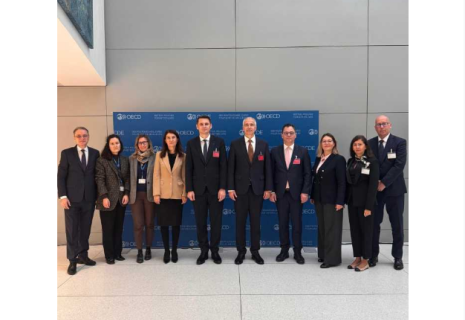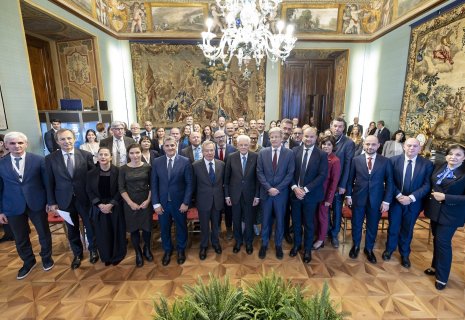
Slovenia's GDP growth accelerates in 3Q2025
Slovenia's economy grew 1.7% year-on-year in the third quarter of 2025, marking a solid acceleration from earlier in the year. Seasonally adjusted GDP rose 1.6% from a year earlier and 0.8% from the previous quarter.
Economic activity in the first nine months of the year increased 0.7% from the same period in 2024, held back by a weak first quarter, in which gross domestic product (GDP) contracted by 0.6% year-on-year, CE Report quotes The Slovenia Times.
Domestic demand supported the expansion in the third quarter, driven mainly by a 12.2% annual increase in gross investment.
Gross fixed capital formation, a key measure of how much has been invested in machinery, building and infrastructure, jumped by 9.1% year-on-year, the fastest growth in 15 quarters, according to the Statistics Office.
Final consumption rose 1% year-on-year. Net trade, however, weighed down on overall growth, subtracting 1.4 percentage points from GDP as exports declined by 1.1% year-on-year and imports increased by 0.7%.
Value added across the entire economy was 2% higher than a year ago, a significant acceleration from 0.8% growth in the previous quarter. Most industries contributed to the headline growth, with construction standing out with a 14.2% annual growth rate.
On the flip side, employment fell slightly, by 0.4%, in what was the third consecutive quarter-on-quarter decline.
Domestic and international institutions have recently cut their full-year growth forecasts for Slovenia. Most now expect GDP growth of around 1.0% or slightly below.
The Bank of Slovenia, which has one of the most optimistic projections of year-end growth at 1.3%, described the Q3 figures as "encouraging". The growth was driven by renewed momentum in investment activity and by the situation in the construction sector, it noted.
The central bank intends to revise its estimate in December but did not say what the revision will be.
IMAD, the government's macroeconomic think tank, said the growth rate was "within the predicted framework", while pointing out that risks and uncertainty in the international environment remain high as global trade tensions persist.
Photo: Rosana Rijavec/STA
























